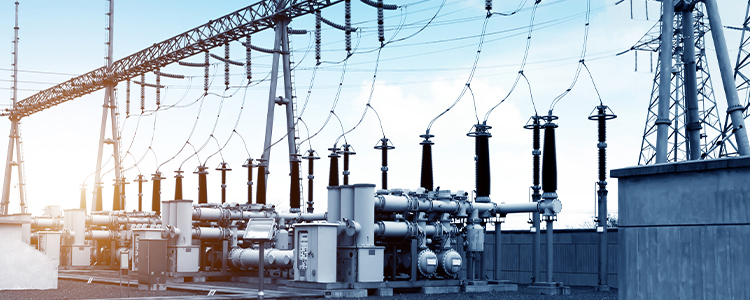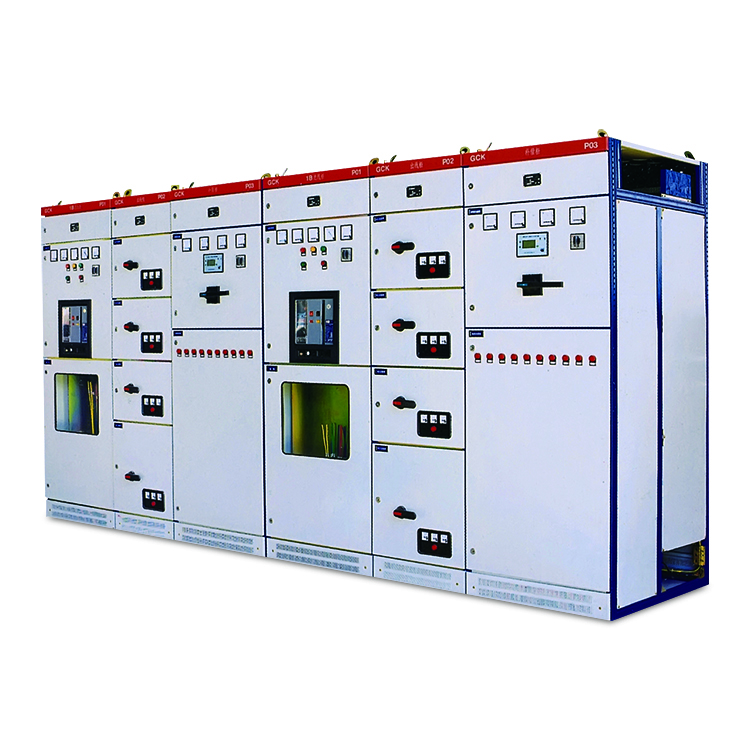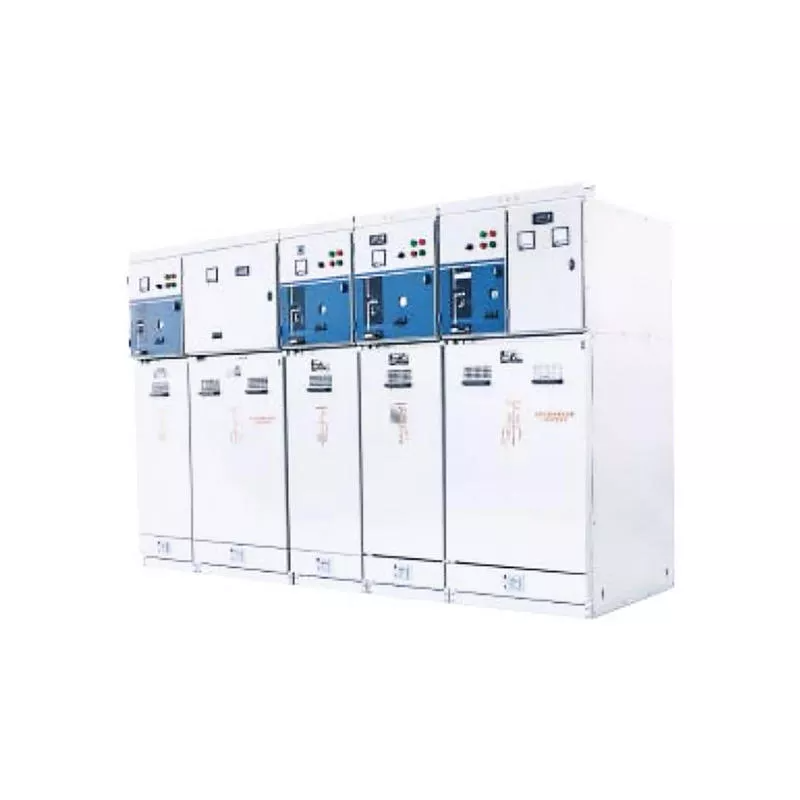- All
- Product Name
- Product Keyword
- Product Model
- Product Summary
- Product Description
- Multi Field Search


Views: 0 Author: Site Editor Publish Time: 2025-08-27 Origin: Site
At its core, a transformer is where pure physics meets rugged, real-world engineering. It’s all about bending the laws of magnetism to move power safely and efficiently. This guide gets into the nuts and bolts of how they're designed—from the clever science of their magnetic hearts to the practical choices that keep them cool under pressure.


Electrical transformers are the heart of power systems. They make it possible to change voltage levels and spread energy across huge networks with ease. Their build combines the science of electromagnetism with strong, dependable materials to keep them working well, no matter the conditions they face.
Every transformer works on a simple idea called electromagnetic induction. When an alternating current runs through the first coil, it creates a changing magnetic field. This field then causes a voltage to form in the second coil. That’s how energy moves from one part to another without any wires touching. It’s a neat trick that lets transformers boost or lower voltages very smoothly.
How well this energy moves depends on how closely the magnetic flow connects the coils. To cut down on wasted energy and keep voltages steady even when demand shifts, designers must limit stray magnetic flow and shape the core just right.
The magnetic flow inside the core is key to moving energy efficiently. But if the core gets too full of this flow, it can’t handle more. This leads to odd behavior, extra heat, and even breakdowns. So, picking a core material that can hold a lot of magnetic flow without maxing out is a big deal. Designers also make sure the transformer runs below this danger point to stay safe.
The magnetic path guides the flow between coils. What it’s made of changes how well the transformer works, affecting things like energy loss, overall performance, and how hot it gets.
Top-notch silicon steel is often the go-to choice because it lets magnetic flow pass through easily and doesn’t waste much energy during cycles. The iron core adopts the stacked structure, which is composed of silicon steel sheets with a thickness of less than 0.35mm and high magnetic conductivity, which can reduce the no-load loss and no-load current of the transformer. This pick helps keep energy loss low while ensuring steady work, even when the load changes a lot.
Energy loss in a transformer core mostly comes from two things: hysteresis and eddy currents. Hysteresis loss happens because the core keeps getting magnetized over and over. Meanwhile, eddy currents, sparked by shifting magnetic fields, create unwanted heat in the material. To lessen these issues, cores are built in thin layers to block current paths. Plus, materials with small hysteresis loops are chosen to cut down on waste.
Apart from the core, how the coils are set up plays a huge role. It decides the voltage change ratio, how much resistance there is, and how much heat builds up.
Round-shaped coils are common for both the first and second sets. They’re balanced and tough, which makes them a solid choice. The high-voltage and low-voltage windings of oil oil-immersed transformer generally adopt a cylindrical structure, which ensures a balanced distribution of ampere turns. This setup also helps cool things down naturally or with a bit of forced air.
Keeping insulation strong is a must to stop breakdowns between coils or between coils and the core. Dry type transformer adopts special insulation materials to isolate current and prevent arcing, which means they last a long time, even in damp places or during sudden voltage spikes. Newer insulation tricks, like using epoxy resin, boost this strength even more. They also help resist fire, which is a big plus.
Keeping transformers cool is super important. It helps them last longer and work well, whether they’re running all day or handling extra-heavy loads.
Different cooling methods are used, depending on where and how the transformer is needed:
· Basic air cooling (AN)
· Stronger air cooling with fans (AF) for dry-type models
· Oil cooling with natural air flow (ONAN) or forced air and oil flow (OFAF) for oil-filled types
Dry type transformers can operate at 120% rated load if under the condition of forced air cooling, showing they can handle heat much better than older styles.
Dry type transformers can operate at 120% rated load if under the condition of forced air cooling, showing they can handle heat much better than older styles.
Special tanks with wavy sides or built-in fins add more surface area to let heat escape. The oil tank adopts corrugated plates, which can compensate for the volume change of oil caused by temperature changes. On top of that, drying out insulation in a vacuum gets rid of moisture. This helps heat move out better and keeps things running smoothly.
A transformer’s resistance doesn’t just affect voltage drops. It also sets how much fault current can flow, which is a big deal for keeping the system safe.
Transformers need to be tough enough to handle the forces of a short circuit. The spiral coil with longitudinal oil duct has good heat dissipation performance, low magnetic leakage, and high mechanical strength; And the reliable supporting structure can greatly improve the short circuit withstand ability. Choosing the right resistance level means balancing fault control with keeping voltage steady during normal use.
When loads change, voltage can dip. This happens due to energy loss in the wires and other factors tied to stray inductance. Using top-grade wire materials and tight coil setups helps cut these losses. As a result, the output stays steady, even when demand spikes.
Safety is built right into transformer designs. It protects both the gear and the people around it from dangers like high voltages or faults inside.
Today’s transformers come with tools like heat sensors, pressure release valves, Buchholz relays for oil models, and surge blockers. These help spot problems early. Sophisticated temperature protection ensures reliability and safety, especially in busy spots where people are often nearby.
For added safety in medium-voltage setups, like at 12kV, gear such as SHENGTE’s XGN15-12 Box Type Fixed AC Metal Closed SF6 Loop Switchgear is a great match. It’s flexible, easy to scale, and has strong arc-stopping features, pairing well with modern transformers.
Strength comes from beefed-up coil designs, often using fiberglass mesh or epoxy sealing to fight wear from heat changes or faults. The inner and outer walls of the winding are reinforced with glass fiber mesh plates, which increase the mechanical strength of the coil. This matters a lot during sudden short circuits or even shakes from earthquakes.
If you’re hunting for medium-voltage gear that works hand-in-hand with today’s electrical transformers, whether dry type or pad-mounted, SHENGTE is a name you can trust. They’re known for top-quality engineering. Their XGN15-12 switchgear line packs a small size with full metal safety, using SF6 tech for better arc control. It also fits nicely into ring network setups, perfect for city grids or factory sites.
With years of know-how, SHENGTE serves places like power stations, hospitals, airports, and ports around the world. They offer ready-made substation setups and custom solutions for OEM needs. Their products meet global IEC rules and go beyond what’s expected for things like low discharge levels or handling extra loads. Their focus on quality makes them a go-to for reliable power gear.


Building an electrical transformer means blending science with real-world limits. Designers juggle things like heat control, strength, insulation, resistance tweaks, and fitting safely into bigger power setups with gear like SHENGTE’s XGN15-12 series. Whether it’s dry types for inside use or oil-filled ones for outdoor spots, the aim is always the same. They strive to make things as efficient as possible while keeping risks low, no matter the situation.
Q1: What makes dry type transformers suitable for humid environments?
A: Shengte epoxy resin dry type transformers boast exceptional efficiency. They feature robust moisture resistance, operating in 100% humidity, which makes them a great fit for beach areas or indoor spots that don’t have climate controls.
Q2: How does SF6 loop switchgear improve safety in medium-voltage networks?
A: SF6 gas is awesome at stopping arcs in sealed spaces. This cuts fire risks and allows for smaller designs like SHENGTE’s XGN15-12 series. They work in ring networks without any open live parts, keeping things safe.
Q3: Are pad-mounted transformers suitable for residential areas?
A: Pad-mounted transformers are centrally designed traditional transformers in box-type shells featuring small sizes widely used in residential quarters. Their closed build keeps them safe and helps them blend into city landscapes without looking out of place.
content is empty!
content is empty!